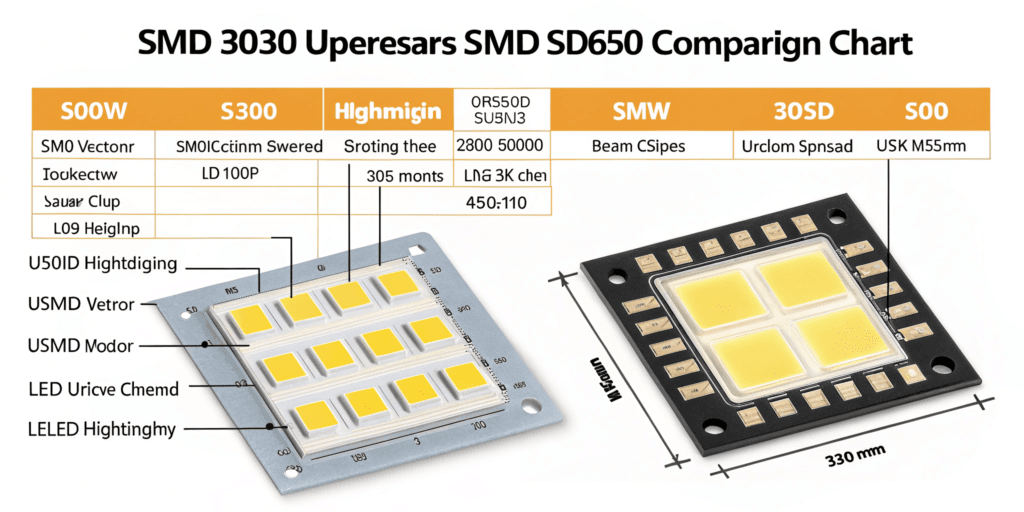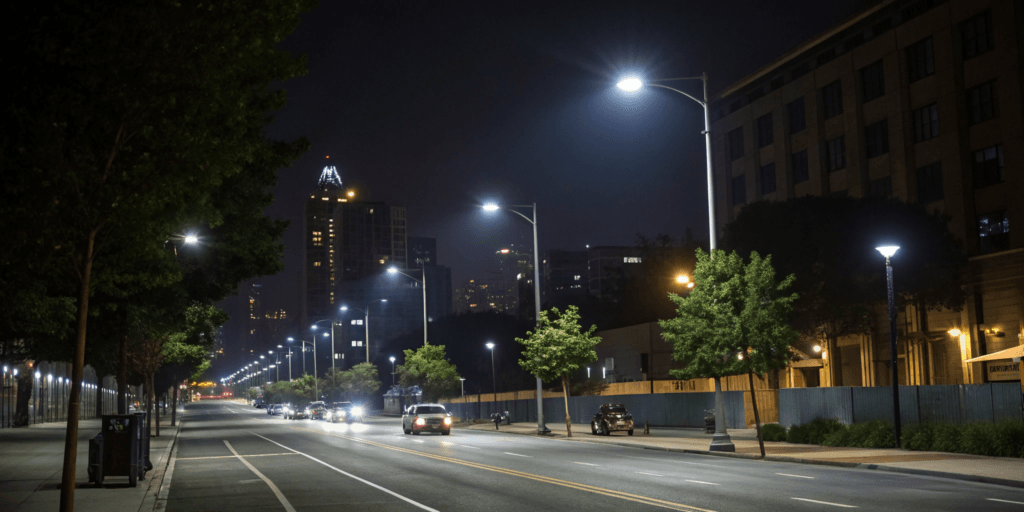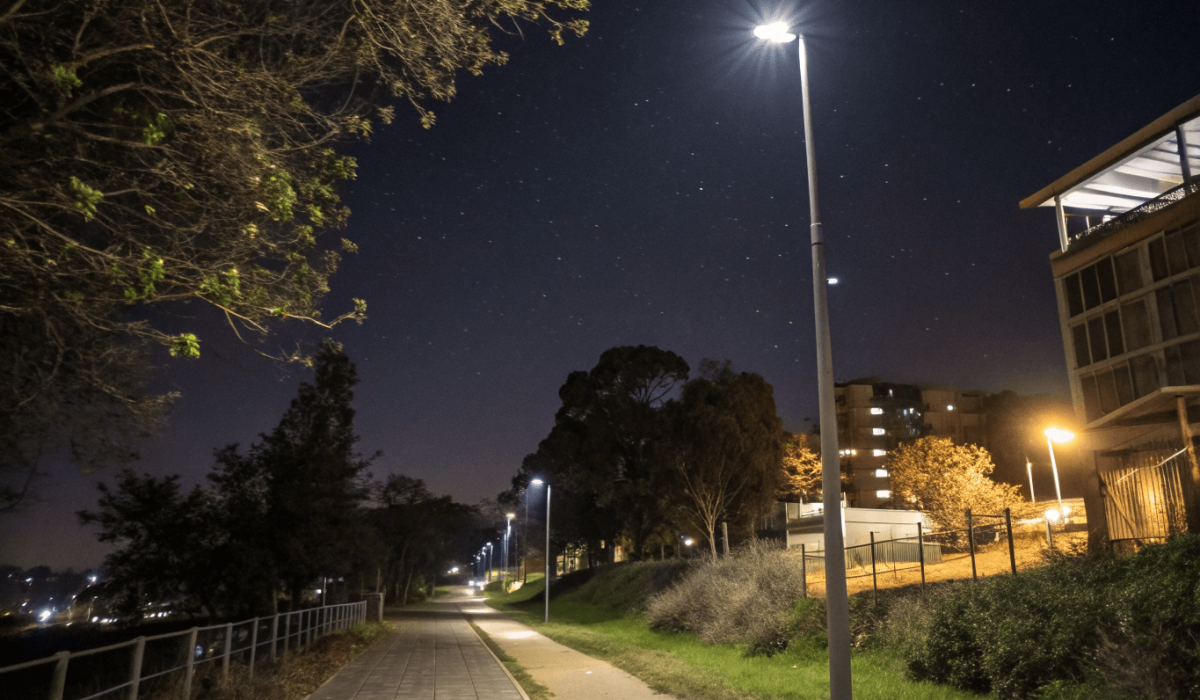Before buying AC LED street lights, check 7 key specifications to ensure brightness, durability, and safety: (1) Wattage, lumens, and color temperature for correct brightness and comfort; (2) LED chip quality and type (e.g., 3030 vs 5050); (3) Housing material and heat dissipation for long life; (4) High-quality LED driver with surge protection; (5) Proper IP rating for weather resistance; (6) Control options (manual, photocell, timer, or smart); and (7) Certifications and warranties to meet safety standards. Verifying these specs helps avoid failures and ensures reliable, cost-effective lighting.
Most AC LED street lights might look alike from a distance — but what’s inside makes all the difference.
I've spent years helping cities and contractors choose the right street lights, and I’ve seen too many projects fail because key specs were ignored. Before you place that big order, double-check these 7 essential points. You’ll save money, avoid maintenance nightmares, and keep your streets safer.
Wattage, Lumens & Color Temperature: More Than Just Brightness
A common trap: thinking that higher wattage automatically means brighter. It doesn’t.
- Wattage only tells you how much power the light uses, not how bright it is.
- Lumens measure actual brightness — that's what matters.
- Color Temperature (Kelvin) affects how the light "feels" to our eyes.
Here’s what I usually recommend:
- 30W light: ~3,000–4,000 lumens — good for small roads or paths.
- 100W light: ~10,000–12,000 lumens — ideal for city streets.
- 150W light: ~15,000–18,000 lumens — for highways or wide areas.
For color, warmer tones (3000K) feel cozy but are less bright. Cooler whites (6000–6500K) are sharper and better for high-traffic or industrial zones.
LED Chips: Why Chip Choice Changes Everything

Your LED chip is the real heart of the light.
I've worked with lights that looked fine on paper, but cheap chips led to flickering or early failure within a year.
- 3030 chips: Smaller, decent brightness, good for compact fixtures.
- 5050 chips: Bigger, brighter, ideal for wider roads and highways.
Stick to known brands like Bridgelux, Cree, or Osram. And always ask for lumen-per-watt numbers — anything in the 120–150 lm/W range is solid.
Housing Material & Heat Management: Your First Line of Defense
A strong housing isn’t just about looks — it keeps the whole system alive.
- Material: Die-cast aluminum is your best bet. It’s light, corrosion-resistant, and durable. Avoid plastic or thin metal housings that warp in heat.
- Heat Dissipation: Check for big heat sink fins and wide surface area. A design that doesn’t manage heat properly will cut the lifespan of your light in half.
- Coastal or chemical zones? Make sure the housing passed a salt spray test (at least 72 hours) and has UV-resistant coating.
Poor housing might save a bit up front, but you’ll pay it back in replacements and maintenance.
LED Driver: The Unsung Hero

The LED driver is like the heart's pacemaker — it keeps everything stable.
If there’s one thing I see overlooked too often, it’s this.
- Role: Converts AC power to constant current, regulates voltage spikes, and keeps brightness steady.
- Constant current drivers are best — they protect chips and prevent flicker.
- Good brands: Meanwell, Inventronics, Philips, Lifud.
- Surge protection: At least 4KV–6KV. In areas with unstable grids or frequent lightning, this is a must.
A weak driver can make even the best chips fail early. Check this carefully.
IP Rating: Real Outdoor Protection
We’ve all seen “outdoor lights” that fail after the first big storm.
- IP65: Fine for normal city rain and dust.
- IP66: Better for heavy rain and dusty roads.
- IP67: Handles temporary flooding — worth it for flood-prone areas.
Good IP sealing also keeps bugs and fine dust out, protecting internal components. If you’re near the coast or in chemical zones, check for corrosion resistance too.
Control Options: Choose How Your Lights Behave

Controls aren’t just gadgets — they shape how you manage costs and energy.
- Manual: Basic but requires on-site switching.
- Photocell sensor: On at dusk, off at dawn — very common and efficient.
- Timer: Pre-set schedules, like 6 pm to 6 am.
- Smart control: Full remote management, dimming, failure alerts — great for large or smart city projects.
Some lights support more than one option — always clarify.
Certifications & Compliance: Your Project’s Safety Net
Certifications are more than just logos — they keep you legal and safe.
- Key marks: CE, RoHS, UL, ENEC.
- Test reports: Ask for LM79, LM80, IES, or TÜV certificates. They prove real-world performance and longevity.
- Warranty: Minimum 3–5 years. Always ask what exactly is covered.
Projects have been delayed or rejected because suppliers lacked paperwork — don’t let that happen to you.
📌 Quick Last-Minute Checklist
- ✅ Clear chip brand and model (3030 or 5050).
- ✅ Driver brand, type, and surge specs are specified.
- ✅ Housing is die-cast aluminum with proper heat sink design.
- ✅ IP rating matches your local weather.
- ✅ Confirmed control type (manual, photocell, timer, smart).
- ✅ All certifications and test reports are included and valid.
💬 FAQs
How bright should a street light be?
Main roads need about 10,000–15,000 lumens. Small paths or lanes can work with 3,000–5,000 lumens.
What’s the main difference between 3030 and 5050 chips?
5050 chips are larger and brighter, better for wide coverage. 3030 chips are compact, suitable for moderate brightness needs.
What’s the typical lifespan of an AC LED street light?
Around 50,000 hours, which usually means 5–8 years if the components are good.
Is IP65 waterproof enough?
For most cities, yes. If you’re in a flood-prone or coastal area, consider IP66 or IP67.
Why is the LED driver so important?
It controls and stabilizes power flow, prevents flickering, and protects the light from electrical surges.
Final Thoughts
Choosing a street light isn’t just about picking something that “turns on.” It’s an investment in safety, reliability, and long-term cost savings.
By understanding these 7 specs, you’ll avoid common pitfalls and make choices you won’t regret years down the line.
Need a second opinion or help comparing specs? I’m always happy to share what I’ve learned in the field — no sales talk, just real insights. Let’s make sure you get it right the first time.


